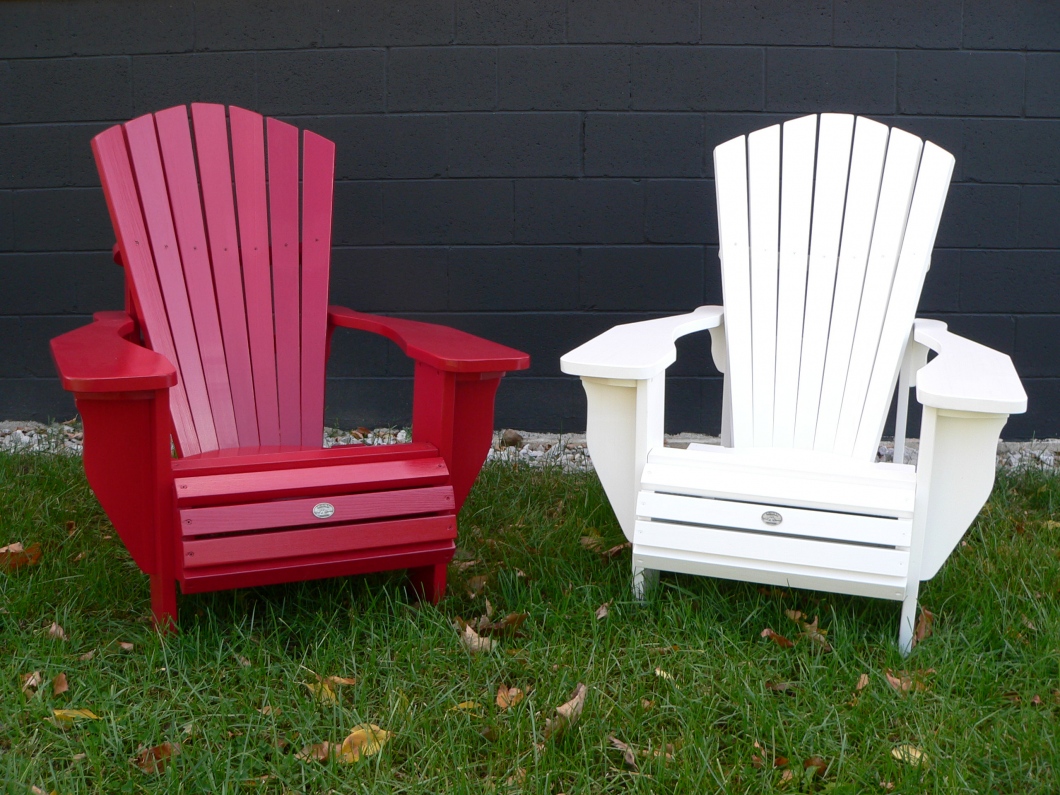Classic, worn out household furniture could actually add both accountability and delight to their owners. The pleasure of having an item with historic charms will need to be compensated with the task to care and sustain for it. Unfortunately, typical homes are not ideal places for classic furniture. Temperature changes and higher humidity level can cause timber to bend. Furniture will be touched more frequently and this may cause abrasion and scrapes. In drier season, the humidity level can go as low as 30 percent and this could cause warping and damages in furniture joints. We shouldn’t wait for those deep scratches to come about and it is necessary take preventive and protective measure to care for our aged belongings. First of all, we should abstain from placing classic furniture on places where it can be wet more easily.
Improper places could encourage rot and unwanted pests. High humidity may also soften glues and ruin polish; so the classic furniture will eventually be weaker structurally. Also, we should make sure that the room isn’t too dry and during drier season, we should be able to maintain adequate humidity. Owners should regularly check their room for humidity and temperature levels. They may place affordable hygrometers and thermometers in areas where classic furniture is stored. There are appliances that can adjust the humidity level in a room and we may also put heaters or air conditioning. Direct exposure to sunlight can also damage the organic material of any classic furniture, including wood and cotton. The level of deterioration can be permanent and cumulative. UV light can degrade wood colorants and finishes and eventually tiny wood cells will break down causing brittleness.
After a prolonged exposure to sunlight, the surface of our classic furniture may turn opaque or yellow. In fact, the wood could have different colors when exposed to sunlight and the change is permanent. Our classic furniture should be maintained routinely, with airborne dust and dirt. In fact, regular dusting is more essential than polishing. Dust is a mildly abrasive material and they can ruin the polish when we touch it. We could use damp towel with thinned cleaning liquid to wipe accumulated dust on classic furniture. We shouldn’t use spray waxes, because they could leave traces of silicone and increase shine. This could make furniture refinishing increasingly difficult in the future. We shouldn’t cover classic furniture with paper-based material or plastic, because it may soften and damage the overall finish.
Before repositioning our classic furnishings, we should examine it for damage or unfastened joinery. We should make sure that it’s safe to move. If we can’t remove doors, we should secure them by wrapping or sealing with soft cotton straps or cloths. We should lift tables by their legs, to prevent components from detaching. Classic chairs should also be lifted by holding the seat rails, instead of their crest rail or arms. We shouldn’t pull large classic piece over the floor, because the lateral stress could cause some damage. Eventually, leg joinery may fail and shear off.

